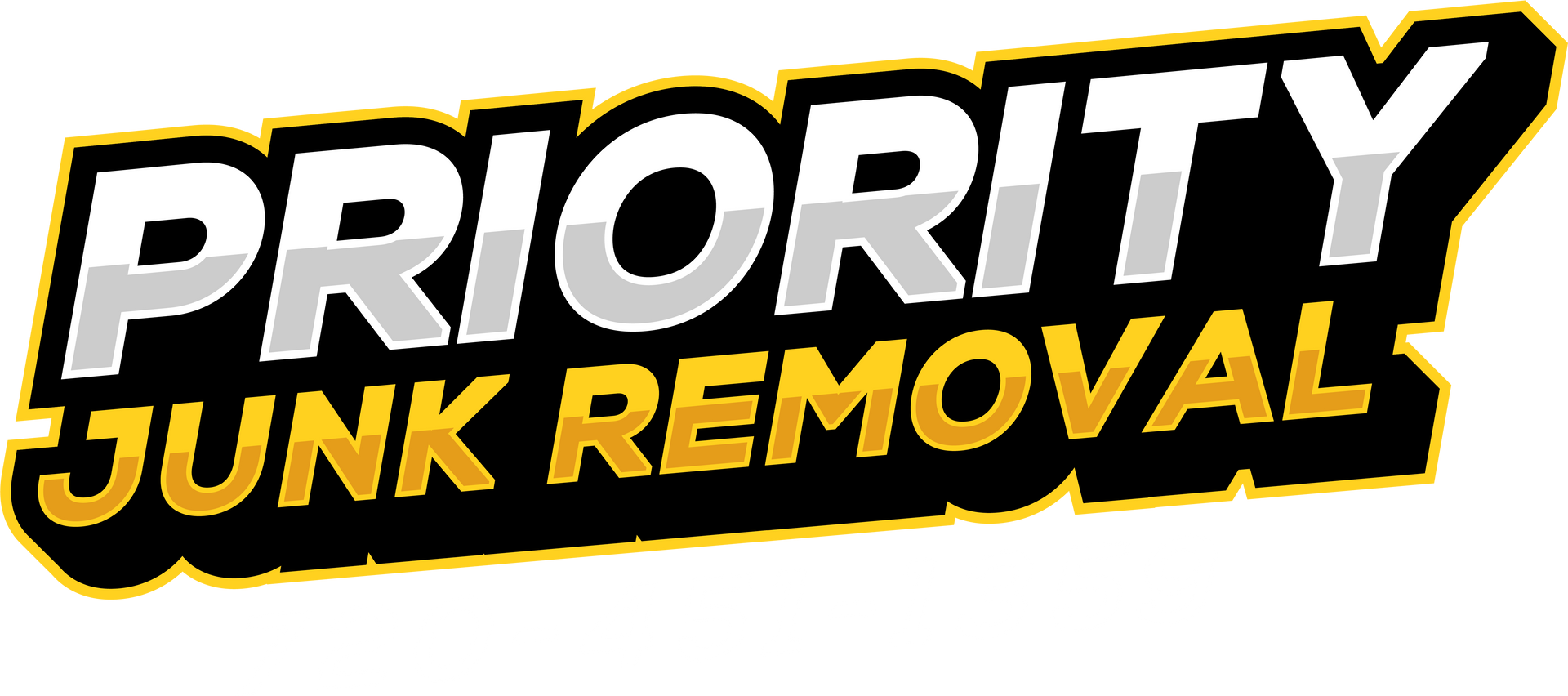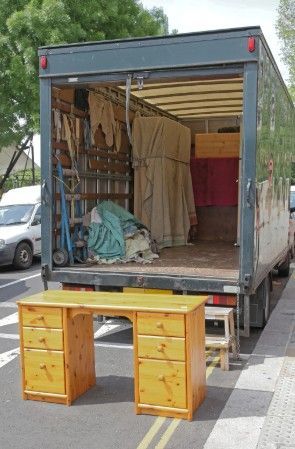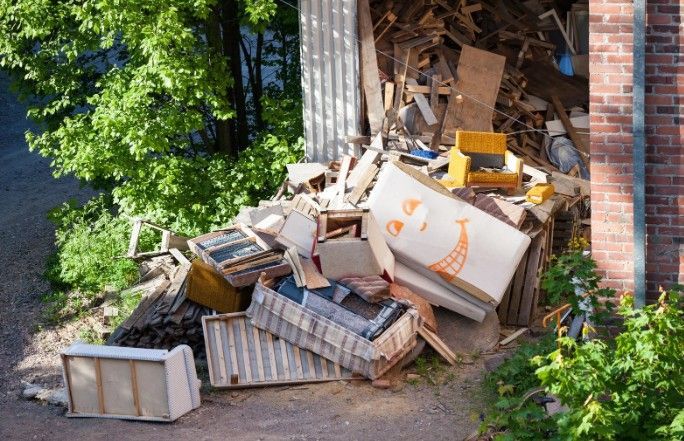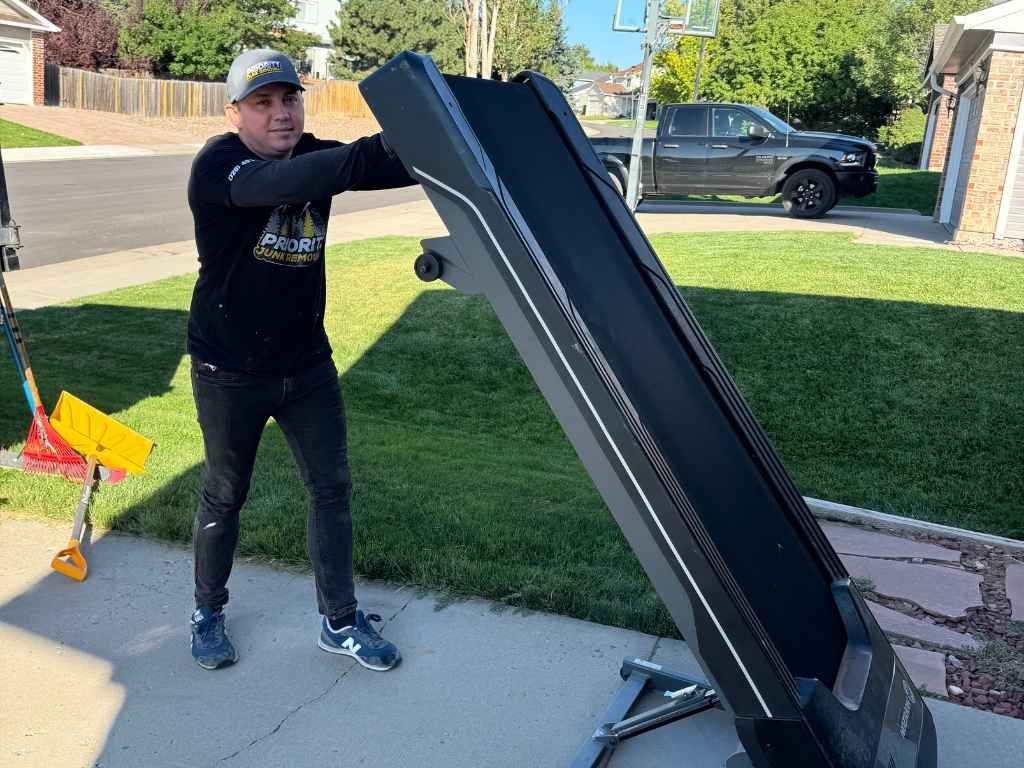Hot Tub Removal Tips for Homeowners
Removing a hot tub might sound like a straightforward task—just drain the water, cut it into pieces, and haul it away, right? Well, not exactly. Hot tubs are bulky, heavy, and often built into tight spaces, making removal a logistical and physical challenge. But fear not! With the right approach, tools, and mindset, you can tackle this project efficiently without turning your backyard into a disaster zone. Whether you’re upgrading to a newer model, reclaiming patio space, or simply tired of maintaining it, understanding how to properly remove a hot tub can save you time, money, and frustration.
Removing a Hot Tub Is More Complicated Than It Seems
At first glance, hot tub removal seems as simple as draining the water and cutting the shell apart. But it’s not just about the tub itself—there’s plumbing, electrical wiring, and structural support to consider. Most hot tubs are built with heavy-duty materials like acrylic, fiberglass, and wood. They often have complex internal piping systems and electrical components that need to be safely disconnected.
On top of that, the sheer size and weight of a hot tub can make maneuvering it out of a confined space a logistical nightmare. To avoid damaging your deck, patio, or yourself, a strategic approach is essential. Taking shortcuts might seem tempting, but they can lead to costly mistakes, like broken tiles, electrical hazards, or a cracked foundation. Planning each step carefully will help prevent accidents and make the process smoother.
Drain the Hot Tub Completely

The first step in hot tub removal is getting rid of all the water. Leaving water inside makes the tub heavier and harder to move—not to mention the risk of water damage if it spills during transport.
- Turn Off the Power – Safety should always come first when draining your hot tub. Before you begin, locate the breaker connected to the hot tub and switch it off. This prevents any risk of electrical shock while you’re working with water. Double-check that the power is fully off by testing the controls or jets—if nothing powers on, you’re good to go.
- Attach a Hose to the Drain Valve – Most hot tubs come equipped with a built-in drain valve to make the draining process easier. Locate the valve, then attach a standard garden hose to it. Make sure to direct the hose away from your home’s foundation, flower beds, or any sensitive landscaping to prevent water damage or flooding.
- Use a Sump Pump (Optional) – If you’re in a hurry or dealing with a large hot tub, using a sump pump can drastically speed up the process. Simply place the pump in the lowest part of the tub, turn it on, and let it remove the water quickly. This method is especially helpful if the built-in drain valve is slow or clogged. Just keep an eye on it to prevent overflow or splashing.
- Wipe Down the Interior – Once the water has been completely drained, it’s time to clean the inside of the hot tub. Use towels or a wet-dry vacuum to remove any leftover water or debris. Pay attention to the corners and seating areas where water can pool. A thorough wipe-down helps prevent mold and mildew buildup, keeping your hot tub fresh and ready for the next use.
Disconnect Electrical and Plumbing Components
Once the water is drained, it’s time to tackle the electrical and plumbing components. First, locate the electrical panel and open the access panel where the wiring is housed. Make sure to shut off the breaker completely to avoid any risk of electrocution—safety first! Carefully unscrew and detach the wiring from the control box, and don’t forget to cap off any exposed wires to prevent accidental shocks. Next, focus on the plumbing.
Most hot tubs have inlet and outlet valves connected to a water source.
Turn these valves off completely, then carefully disconnect the plumbing lines. If your hot tub has a heater and pump that are still in good shape, you might want to remove them separately. These components can sometimes have resale or recycling value, so it’s worth salvaging them if they’re in working order. Taking your time with these steps will make the removal process much smoother.
Break Down the Hot Tub into Manageable Pieces
Dismantling a hot tub makes removal much easier. Start by removing the skirting and panels, which are usually attached with screws. Use a drill or screwdriver to take them off carefully. Next, cut the shell into sections using a reciprocating saw or circular saw. Wear safety goggles and gloves to protect yourself from debris. Once the shell is in pieces, remove the frame and support structure.
The frame is often made of wood or metal, so take out any screws, bolts, or nails securing it. After that, separate the insulation, which can be messy. Bag it separately to keep things organized. Finally, sort the materials — separate wood, metal, and plastic for easier disposal or recycling. Taking the time to dismantle the hot tub into manageable pieces makes the removal process smoother and ensures you handle each material appropriately for disposal or recycling.
Remove and Dispose of the Hot Tub
Once the hot tub is broken down into manageable pieces, it’s time to haul it away. You’ll likely need a dumpster or a large truck to transport the pieces. Renting one is an option, but if that sounds like too much work, contact a professional junk removal service. They’ll handle the heavy lifting and proper disposal for you. If you’re motivated to reduce waste, check with your local recycling center to see what they’ll accept — metal frames and plastic shells are often recyclable.
For non-recyclable materials like foam insulation and treated wood, contact your local waste facility to dispose of them properly. Once everything is removed, clean up the area thoroughly. Sweep up any debris to avoid hazards, and make sure no sharp objects are left behind.
Repair and Restore the Area
After the hot tub is gone, you might be left with an empty patch of concrete, bare ground, or a hole in your deck. Now’s the time to restore and improve the space. If the hot tub was sitting on bare ground, fill any holes with soil and level the area to prevent uneven spots. If the hot tub was on a deck, check for damaged boards and replace them as needed.
Once the structural repairs are complete, pressure wash the area to remove any stains or debris left behind. A clean surface will make future improvements easier. Consider repurposing the space — you could create a cozy firepit area, install a garden bed, or set up an outdoor seating nook. Finally, inspect the surrounding structure for hidden damage caused by the hot tub’s weight or moisture exposure.
Safety Tips for Hot Tub Removal
Use Proper Safety Gear
When removing a hot tub, safety gear isn’t optional—it’s essential. Wear heavy-duty gloves to protect your hands from sharp edges and splinters. Safety goggles shield your eyes from debris, and sturdy boots provide solid footing and protect your toes from falling parts. A long-sleeve shirt and durable pants can also help prevent scrapes and cuts. Proper gear keeps you safe and minimizes the risk of injury during the removal process.
Lift with Your Legs, Not Your Back
Hot tub pieces are heavier than they look, and improper lifting can result in serious back strain or injury. Instead of bending at the waist, squat down and use the strength of your legs to lift. Keep your back straight and hold the load close to your body to maintain balance and prevent muscle strain. Enlist help if needed—there’s no shame in asking for an extra set of hands to avoid hurting yourself.
Watch for Electrical and Plumbing Lines
Hot tubs are usually connected to electrical and plumbing systems, which means cutting into a hidden wire or pipe can cause dangerous and costly issues. Before starting demolition, turn off the power and water supply. Carefully inspect the area for any concealed lines, and if you’re unsure, consult a professional. Accidentally cutting into a live wire or water line can lead to electrical shocks or flooding, so take your time and double-check everything.
Dispose of Chemicals Properly
Leftover chemicals like chlorine or bromine can’t just be dumped down the drain. Improper disposal can harm the environment and damage your plumbing. Check local regulations for proper disposal methods, and consider taking them to a hazardous waste collection site. Handling these chemicals with care ensures they don’t contaminate the water supply or harm wildlife. Safety first—both for you and the environment.
Don’t Rush
Hot tub removal isn’t a race. Rushing increases the chance of injury, property damage, and costly mistakes. Take your time to plan each step, inspect the area, and work carefully. If you’re feeling fatigued, take a break—tired muscles and a foggy mind are a recipe for accidents. Steady, focused work gets the job done right the first time, saving you from unnecessary headaches later.
Conclusion
Removing a hot tub might seem overwhelming, but with careful planning and the right approach, you can tackle it like a pro. If the process feels too complicated or you’d rather avoid the hassle altogether, Priority Junk Removal is here to help. Located at 6091 South Spotswood Street, Littleton, Colorado 80120, Priority Junk Removal specializes in efficient, hassle-free hot tub removal. Give them a call at 720-451-1359 or email them at priorityjunkremoval@gmail.com to schedule a pickup today. Let the experts handle the heavy lifting while you enjoy your newly reclaimed space!











